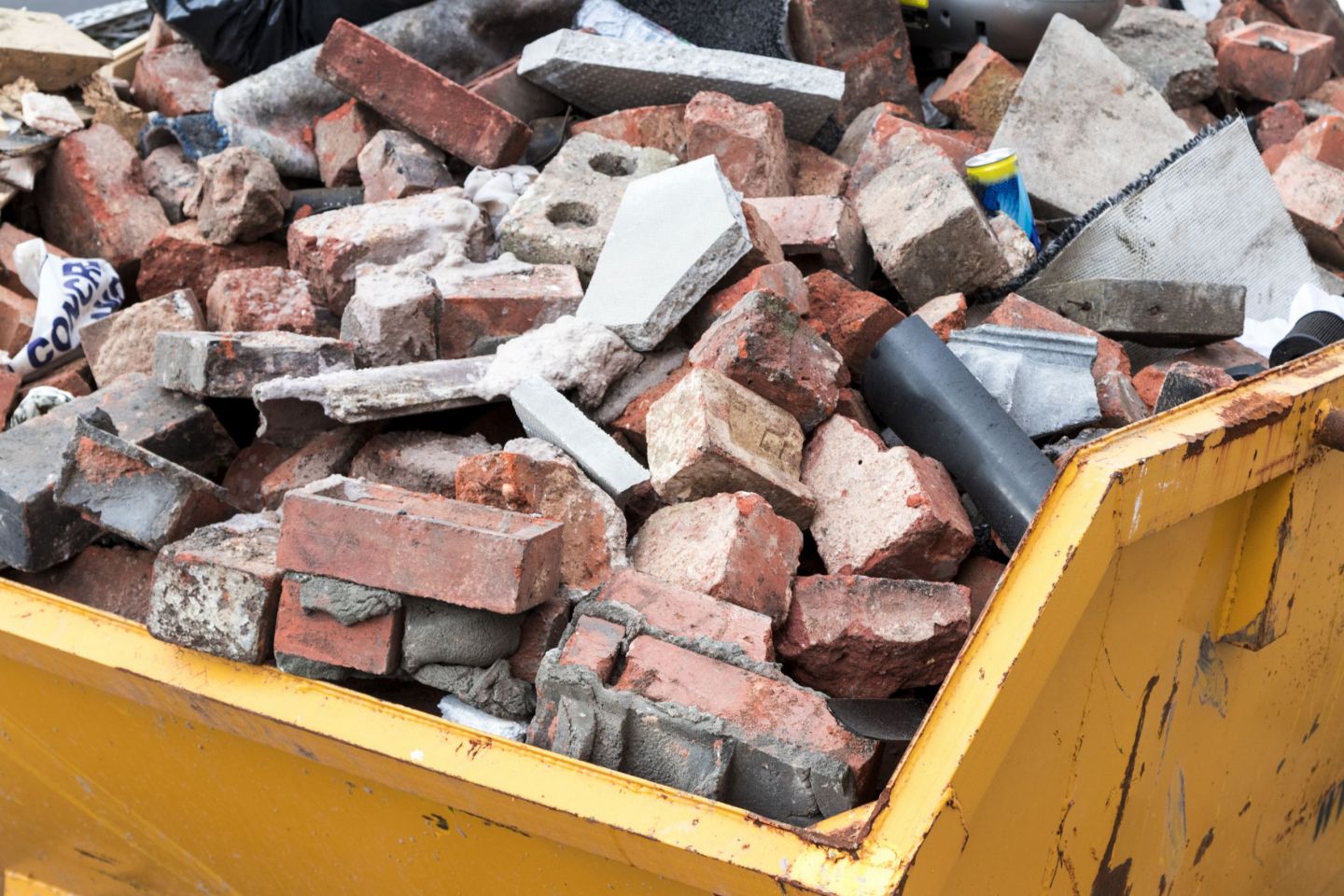July 6th, 2020
CONSTRUCTION WASTE

Waste in construction is one of the main responsible for the production of waste in the world. And this becomes a serious environmental problem when there is no proper waste management.
The leftovers of buildings can be called slabs, rubble and shrapnel. They range from gravel, steel and sand to mortar and fragments of bricks or wood.
Waste management is a very important planning step. Officially, these remains are called Construction and Demolition Waste or Civil Construction Waste. This includes renovations, demolitions and construction.
Check out how waste is classified by the ABNT NBR Standard:
class I: materials that are dangerous, flammable, corrosive, reactive, toxic, pathogenic or that are listed in annexes A or B of the standard;
class II: debris that does not fall into class I, which can be combustible, biodegradable, soluble in water and whose codes are set out in annex H of the standard;
class II A: non-hazardous or fixed materials, with biodegradability, combustibility or water solubility properties;
class II B: debris that, when sampled in a representative manner and subjected to dynamic and static contact with distilled or deionized water at room temperature, have none of its constituents solubilized at concentrations above water potability standards, except for aspect , color, turbidity, hardness and flavor.
The study of Waste Management in Civil Construction, developed by Senai in partnership with Sebrae, shows that construction is responsible for 50% of the carbon dioxide released into the atmosphere and for almost half of all solid waste generated on a global scale.
Correct handling and waste management in civil construction not only reduce waste rates and material expenses, but also fulfill an ecological and sustainable role.



 (11) 2088-5701
(11) 2088-5701